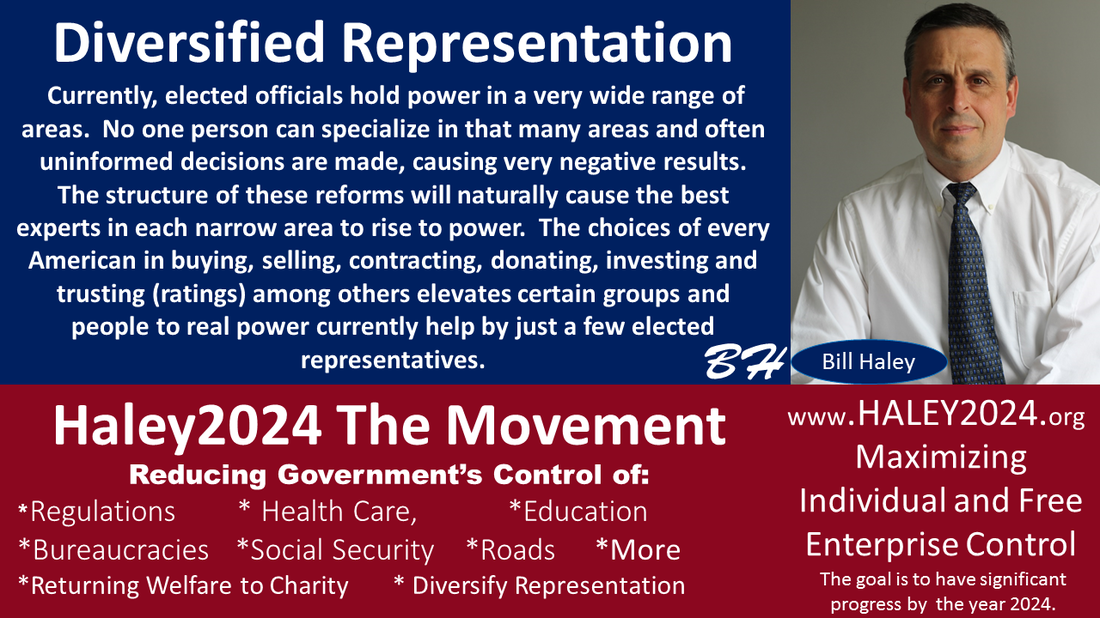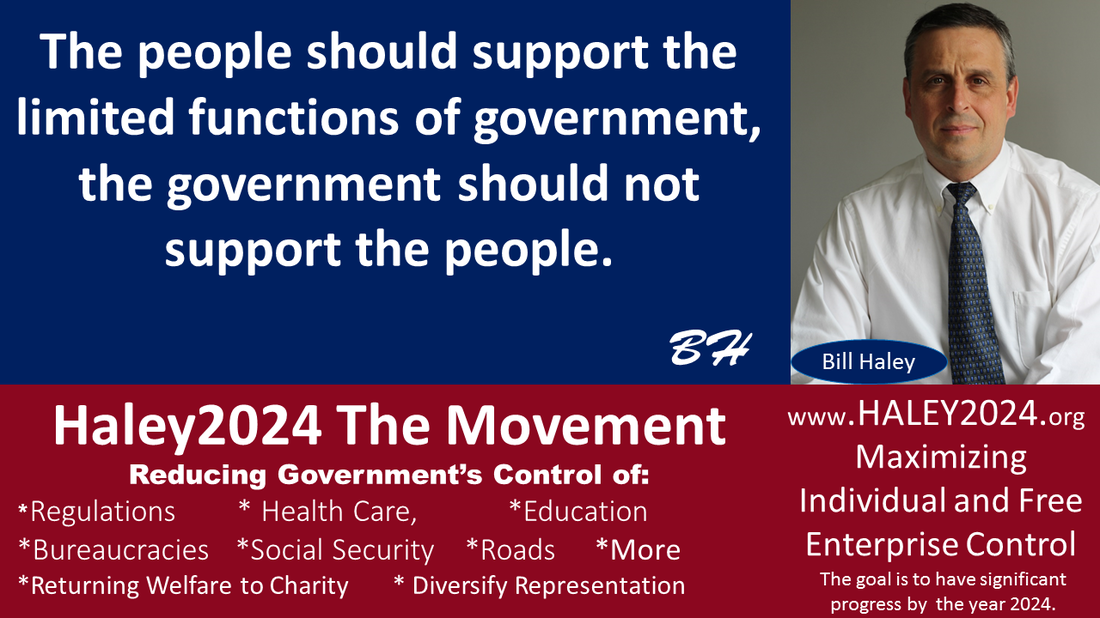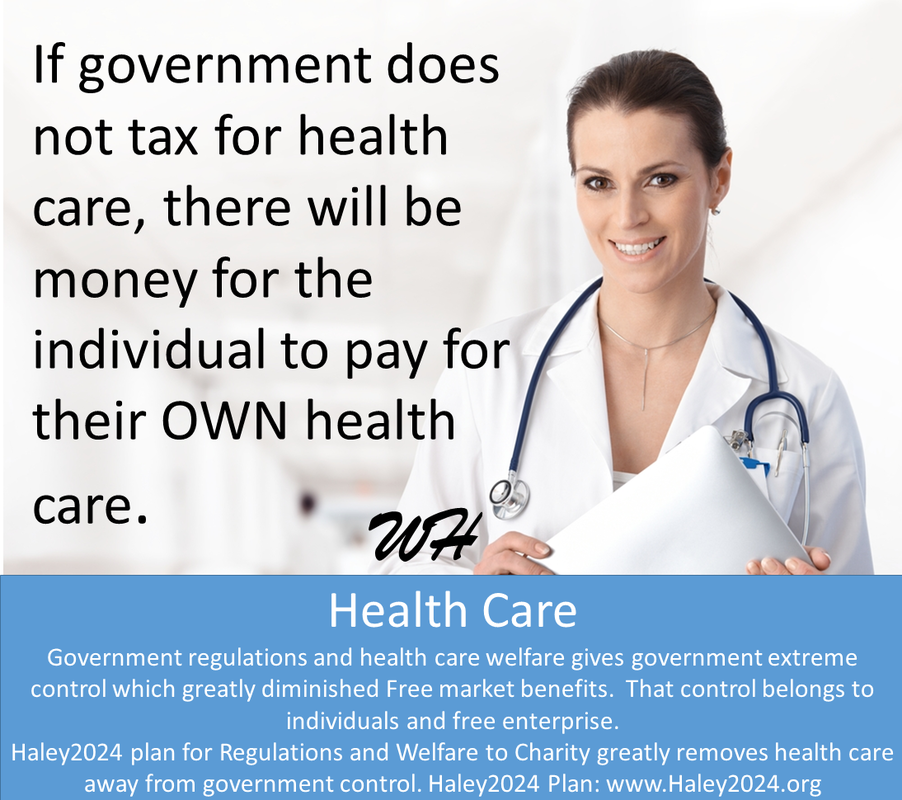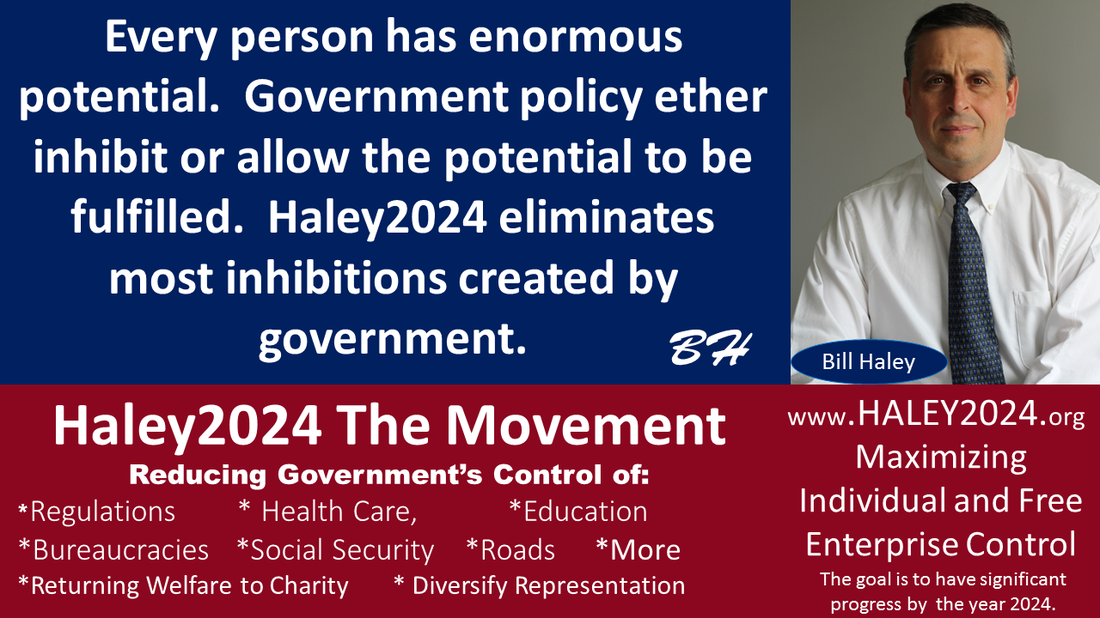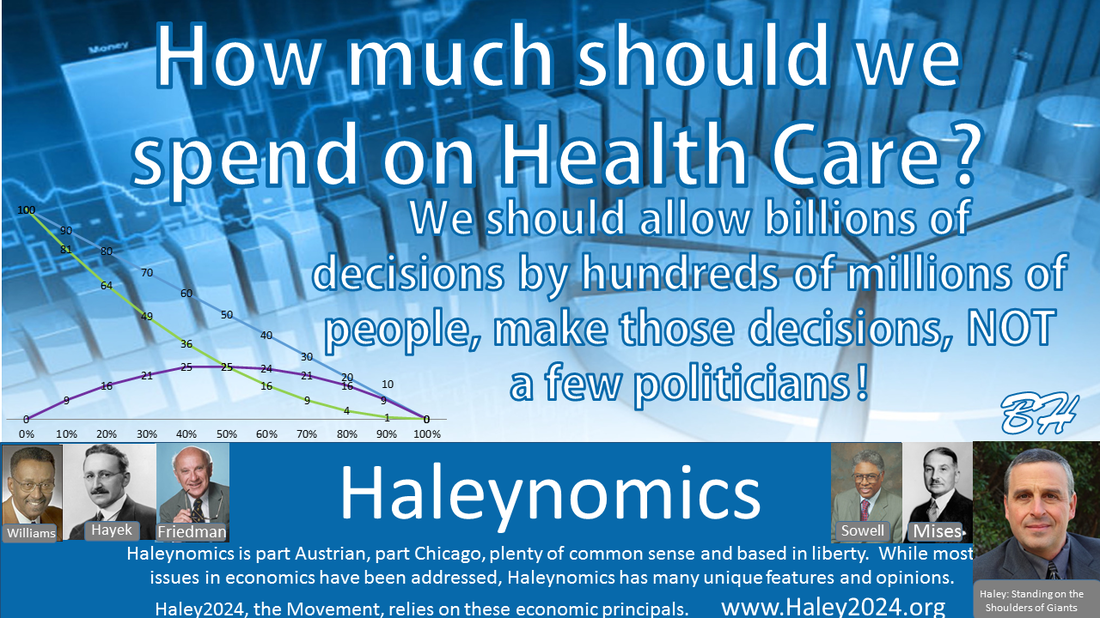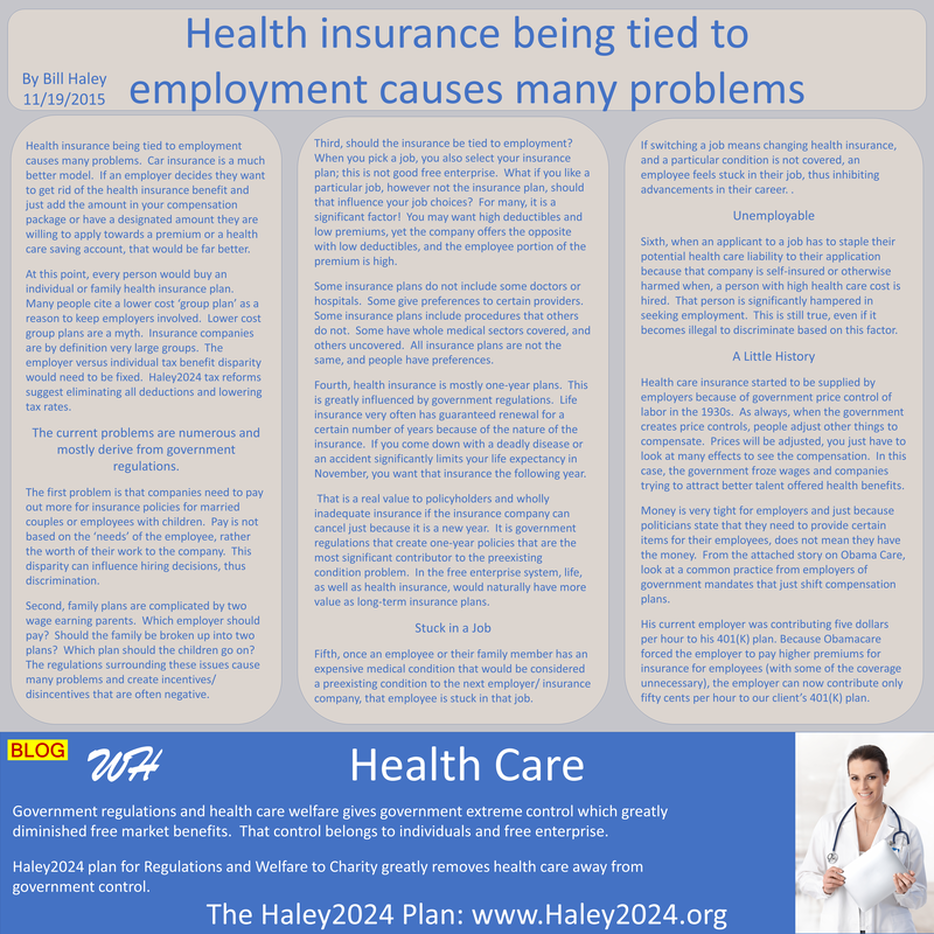| Health insurance being tied to employment causes many problems. Car insurance is a much better model. If an employer decides they want to get rid of the health insurance benefit and just add the amount in your compensation package or have a designated amount they are willing to apply towards a premium or a health care saving account, that would be far better. |
| At this point, every person would buy an individual or family health insurance plan. Many people cite a lower cost ‘group plan’ as a reason to keep employers involved. Lower cost group plans are a myth. Insurance companies are by definition very large groups. The employer versus individual tax benefit disparity would need to be fixed. Haley2024 tax reforms suggest eliminating all deductions and lowering tax rates. |
The current problems are numerous and mostly derive from government regulations.
| Second, family plans are complicated by two wage earning parents. Which employer should pay? Should the family be broken up into two plans? Which plan should the children go on? The regulations surrounding these issues cause many problems and create incentives/ disincentives that are often negative. |
| Third, should the insurance be tied to employment? When you pick a job, you also select your insurance plan; this is not good free enterprise. What if you like a particular job, however not the insurance plan, should that influence your job choices? For many, it is a significant factor! You may want high deductibles and low premiums, yet the company offers the opposite with low deductibles, and the employee portion of the premium is high. |
| Fourth, health insurance is mostly one-year plans. This is greatly influenced by government regulations. Life insurance very often has guaranteed renewal for a certain number of years because of the nature of the insurance. If you come down with a deadly disease or an accident significantly limits your life expectancy in November, you want that insurance the following year. |
| That is a real value to policyholders and wholly inadequate insurance if the insurance company can cancel just because it is a new year. It is government regulations that create one-year policies that are the most significant contributor to the preexisting condition problem. In the free enterprise system, life, as well as health insurance, would naturally have more value as long-term insurance plans. |
| Stuck in a Job Fifth, once an employee or their family member has an expensive medical condition that would be considered a preexisting condition to the next employer/ insurance company, that employee is stuck in that job. If switching a job means changing health insurance, and a particular condition is not covered, an employee feels stuck in their job, thus inhibiting advancements in their career. |
| Unemployable Sixth, when an applicant to a job has to staple their potential health care liability to their application because that company is self-insured or otherwise harmed when, a person with high health care cost is hired. That person is significantly hampered in seeking employment. This is still true, even if it becomes illegal to discriminate based on this factor. |
| A Little History Health care insurance started to be supplied by employers because of government price control of labor in the 1930s. As always, when the government creates price controls, people adjust other things to compensate. Prices will be adjusted, you just have to look at many effects to see the compensation. In this case, the government froze wages and companies trying to attract better talent offered health benefits. |
| Money is very tight for employers and just because politicians state that they need to provide certain items for their employees, does not mean they have the money. From the attached story on Obama Care, look at a common practice from employers of government mandates that just shift compensation plans. His current employer was contributing five dollars per hour to his 401(K) plan. Because Obamacare forced the employer to pay higher premiums for insurance for employees (with some of the coverage unnecessary), the employer can now contribute only fifty cents per hour to our client’s 401(K) plan. |


